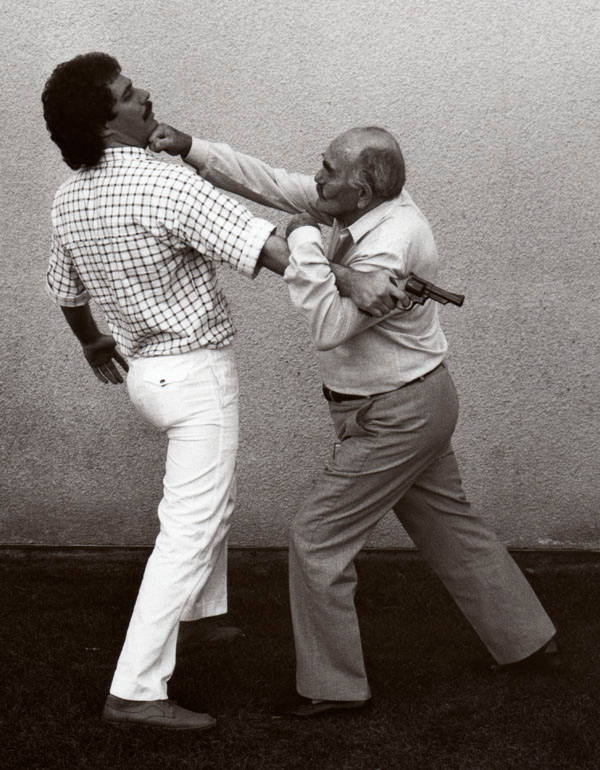In 1940 Imi has become a problem for the local authorities that became fascists and he had to leave his home, his family and his friends. He embarked in the last vessel of immigrants who managed to escape the Nazis. It was an old river boat called the Pentcho and converted the transport of hundreds of refugees from central Europe to the promised land Israel (Palestine). The odyssey of Imi to board the vessel was filled with poignant episodes and lasted two years.
In the Delta of Romania, the boat was placed in quarantine in an attempt to starve the passengers. Several times Imi had to jump into the water, putting his life in danger to save fallen passengers or to retrieve bags of food. By rescuing a child from drowning, he takes an ear infection which would have cost him his life.
The boat was not destroyed due to its flat bottom which prevented it from jumping on the mines.
Later, the boiler of the boat exploded, and he escaped onto a Greek island (Kamilanisi).
Imi and four of his friends took a rowboat and went to Crete to ask for help. Preferring to ignore his infection on the ear and the protests of his friends, Imi refused to abandon the oars for a full day. But in spite of their heroic efforts, the violent winds capsized their boat and they never reached Crete. The morning of the 5th day, an English warship retrieved the 5 survivors and brought them to Alexandria in Egypt.
Imi very poorly in point, undergoes several operations at the hospital. He was so close to death that the doctors had no further hopes for his recovery, but the surgeon succeeded in saving his life.
After recuperating, Imi joined the Czech legion commanded by the British army. He then served in different tasks of the Middle East during 1 year and a half and then received an entry permit to Israel (Palestine).




